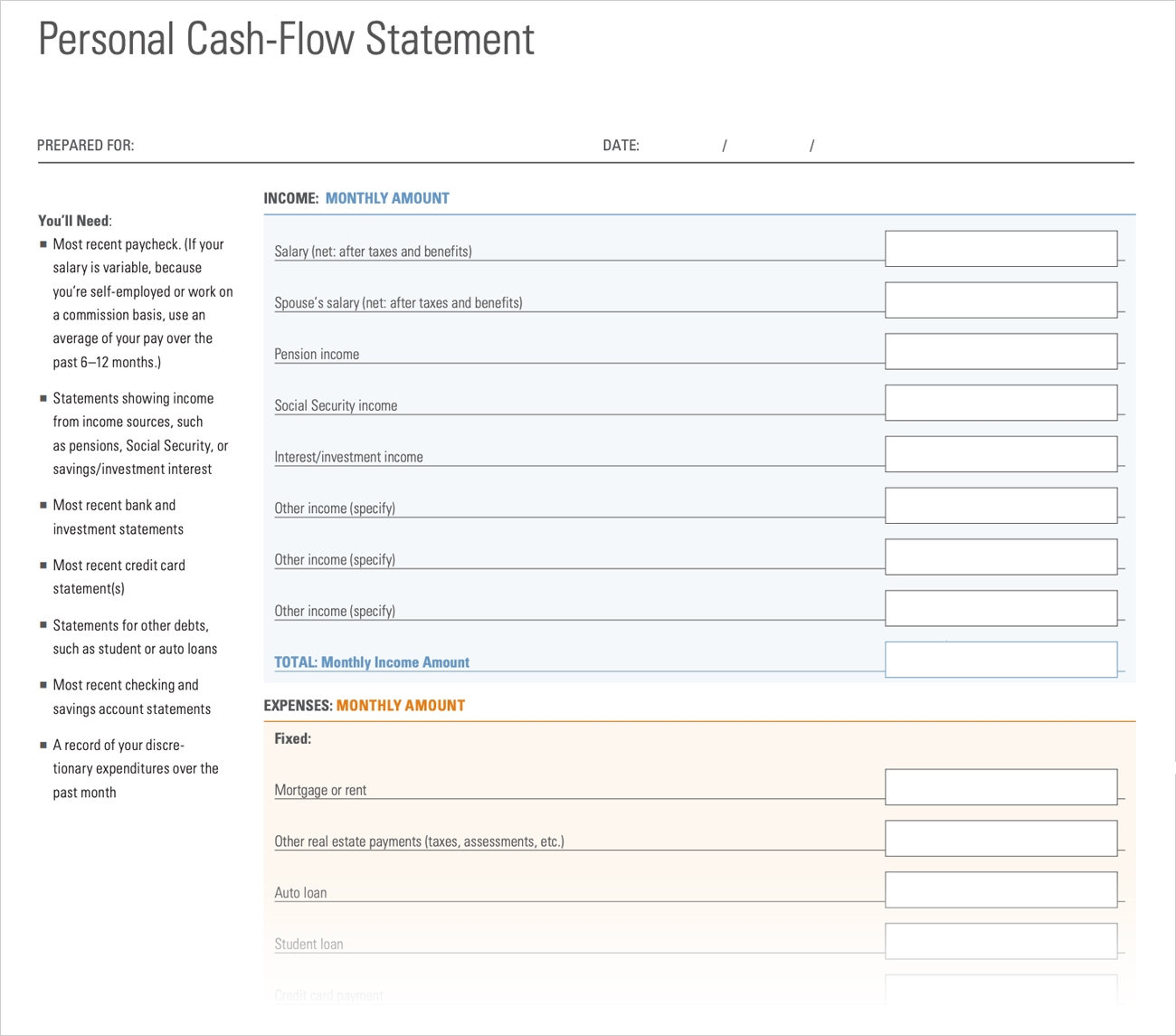

Finance
How To Determine Late Fee
Published: February 23, 2024
Learn how to calculate and determine late fees in finance to manage your finances effectively. Understand the impact of late fees on your financial health.
(Many of the links in this article redirect to a specific reviewed product. Your purchase of these products through affiliate links helps to generate commission for LiveWell, at no extra cost. Learn more)
Table of Contents
Introduction
Late fees are a common aspect of financial transactions, often associated with credit cards, loans, and utility bills. Understanding how late fees work and how they are determined is crucial for maintaining healthy financial management. Late fees are charges imposed for failing to make a payment on time, and they can significantly impact your overall financial well-being. In this article, we will delve into the intricacies of late fees, exploring the factors that determine them and providing valuable insights into how to calculate and avoid them.
Late fees can have a cascading effect on your finances, potentially leading to increased debt, lowered credit scores, and added stress. By gaining a comprehensive understanding of late fees, you can take proactive measures to avoid them and mitigate their impact when they do occur.
In the subsequent sections, we will dissect the concept of late fees, shedding light on the factors that influence their determination and outlining effective strategies for calculating and avoiding them. By the end of this article, you will be equipped with the knowledge and tools necessary to navigate the realm of late fees with confidence and financial prudence.
Understanding Late Fees
Late fees are penalties imposed when a payment is not made by the due date. They are a common feature in various financial agreements, including credit cards, loans, mortgages, and utility bills. Understanding the dynamics of late fees is essential for maintaining financial health and avoiding unnecessary expenses.
When a payment is not made on time, the creditor or service provider may levy a late fee as a form of compensation for the delay. Late fees serve as a deterrent against delayed payments and incentivize timely settlements. However, it’s important to note that the imposition of late fees is not solely punitive; it also helps cover the administrative costs associated with managing delinquent accounts.
It’s crucial to review the terms and conditions of any financial agreement to ascertain the specific late fee structure. This includes understanding the grace period, which is the duration after the due date within which a payment can be made without incurring a late fee. Additionally, familiarize yourself with the exact amount of the late fee, as this can vary depending on the type of financial obligation.
Understanding the implications of late fees is paramount, as they can have far-reaching consequences. In addition to the immediate financial burden, late fees can also lead to a negative impact on credit scores, potentially affecting future borrowing capabilities and financial opportunities. By comprehending the nature of late fees, individuals can make informed decisions regarding their payment schedules and financial commitments.
Next, we will explore the factors that influence the determination of late fees, shedding light on the considerations that come into play when assessing the penalties for delayed payments.
Factors Determining Late Fees
The determination of late fees is influenced by several factors, each playing a crucial role in shaping the penalty imposed for delayed payments. Understanding these factors is essential for navigating financial agreements and making informed decisions regarding payment schedules. The following elements are key considerations in the determination of late fees:
- Agreement Terms: The specific terms outlined in the financial agreement dictate the late fee structure. These terms include the grace period, the amount of the late fee, and any additional provisions related to delayed payments. It is imperative to carefully review and comprehend these terms to avoid surprises when late fees are assessed.
- Type of Financial Obligation: Different types of financial obligations, such as credit cards, loans, or utility bills, may have varying late fee structures. For instance, credit cards often have a tiered late fee system based on the number of previous late payments, while utility bills may have a flat late fee amount.
- Regulatory Guidelines: In some cases, regulatory authorities may impose limitations on the maximum late fees that can be charged. These guidelines aim to protect consumers from exorbitant penalties and ensure fairness in the assessment of late fees.
- Account History: The history of past payments and any previous instances of late payments can impact the determination of late fees. In some cases, a pattern of timely payments may result in more lenient late fee assessments, while frequent delinquencies could lead to heightened penalties.
- Outstanding Balance: The amount of the outstanding balance at the time of the late payment can also influence the late fee. Some agreements may apply a percentage-based late fee, meaning that the penalty increases with higher outstanding balances.
By taking these factors into account, individuals can gain insight into the rationale behind late fee assessments and proactively manage their financial commitments to minimize the impact of late fees. In the subsequent section, we will delve into the process of calculating late fees, providing a comprehensive understanding of how these penalties are quantified.
Calculating Late Fees
Calculating late fees involves understanding the methodology employed to quantify the penalty for delayed payments. While the specific calculations may vary based on the terms of the financial agreement, there are common approaches used to determine late fees across different types of financial obligations. Here are the fundamental aspects to consider when calculating late fees:
- Flat Fee vs. Percentage-Based: Late fees can be structured as a flat amount or as a percentage of the overdue payment. The flat fee approach entails a predetermined fixed amount imposed for late payments, while the percentage-based method applies a specified percentage of the overdue balance as the late fee. Understanding which method applies to your financial agreement is essential for accurate calculations.
- Grace Period Considerations: Some financial agreements incorporate a grace period, allowing a window of time after the due date within which a payment can be made without incurring a late fee. It’s important to factor in the presence or absence of a grace period when calculating late fees, as payments made within this period are typically exempt from penalties.
- Accrual Frequency: In cases where late fees accrue over time for each day or month of delinquency, the calculation involves multiplying the applicable late fee rate by the number of days or months the payment is overdue. This method results in a progressive increase in late fees as the delinquency extends.
- Maximum Late Fee Limits: Some financial agreements impose a cap on the total late fees that can be charged, ensuring that the penalty does not escalate indefinitely. Understanding any maximum limits on late fees is crucial when calculating the potential financial impact of delayed payments.
By grasping the nuances of late fee calculations, individuals can gain clarity on the financial repercussions of delayed payments and take proactive measures to mitigate these penalties. It’s important to consult the specific terms of the financial agreement and utilize any available resources, such as online calculators or customer support services, to accurately assess late fees.
Next, we will explore effective strategies for avoiding late fees, empowering individuals to foster responsible financial habits and minimize the risk of incurring penalties due to delayed payments.
Avoiding Late Fees
Preventing late fees requires a proactive approach to managing financial responsibilities and adhering to payment deadlines. By implementing effective strategies and cultivating disciplined financial habits, individuals can significantly reduce the likelihood of incurring late fees. Here are actionable steps to avoid late fees:
- Automated Payments: Setting up automated payments through online banking or bill pay services can ensure that bills and loan payments are settled on time. Automating payments eliminates the risk of forgetfulness or oversight, providing a convenient and reliable method to meet financial obligations promptly.
- Calendar Reminders: Utilizing digital calendars, smartphone apps, or traditional planners to set reminders for payment due dates can serve as a helpful prompt to submit payments in a timely manner. Regularly reviewing and updating these reminders can help individuals stay organized and attentive to their financial commitments.
- Grace Period Utilization: Leveraging the grace period provided in financial agreements allows for flexibility in payment timing without incurring late fees. By understanding and utilizing the grace period effectively, individuals can optimize their payment schedules while avoiding unnecessary penalties.
- Financial Monitoring: Regularly monitoring bank account balances, credit card statements, and billing cycles enables individuals to stay informed about upcoming payments and account activity. This proactive approach facilitates early identification of potential issues and facilitates timely action to prevent late payments.
- Communication with Creditors: In cases of financial hardship or unexpected circumstances, communicating with creditors and service providers can lead to alternative payment arrangements or the waiver of late fees. Establishing open lines of communication and proactively addressing challenges can help mitigate the impact of late fees.
By integrating these strategies into their financial routines, individuals can fortify their proactive approach to managing payments and minimize the risk of incurring late fees. Cultivating a mindset of financial responsibility and staying attuned to payment deadlines are fundamental pillars of avoiding late fees and maintaining a healthy financial profile.
As we conclude our exploration of late fees, it is evident that a combination of awareness, diligence, and strategic planning is essential for navigating the intricacies of financial obligations and mitigating the impact of late fees. By leveraging the insights provided in this article, individuals can empower themselves to make informed decisions and foster financial well-being.
Conclusion
Understanding late fees is a vital component of responsible financial management. By gaining insight into the dynamics of late fees, individuals can navigate their financial obligations with confidence and foresight. From comprehending the factors that influence late fee determination to implementing strategies for avoiding these penalties, proactive engagement with payment responsibilities is paramount.
Late fees serve as a mechanism to encourage timely payments and offset the administrative costs associated with managing delinquent accounts. However, the potential impact of late fees on credit scores, financial stability, and overall well-being underscores the importance of conscientious payment practices.
By familiarizing themselves with the specific terms of their financial agreements, leveraging grace periods, and adopting automated payment methods, individuals can significantly reduce the risk of incurring late fees. Moreover, maintaining open communication with creditors and diligently monitoring financial activities can contribute to a proactive and informed approach to managing payments.
As individuals cultivate a mindset of financial responsibility and integrate effective strategies into their routines, they can minimize the burden of late fees and fortify their financial well-being. Embracing these principles empowers individuals to navigate the complexities of financial obligations with prudence and diligence.
In conclusion, the journey to mitigating the impact of late fees encompasses awareness, proactive engagement, and strategic planning. By harnessing the insights presented in this article, individuals are equipped to make informed decisions, foster responsible financial habits, and safeguard their financial health against the repercussions of delayed payments.
Ultimately, the conscientious management of payment responsibilities not only mitigates the risk of late fees but also contributes to a foundation of financial stability and empowerment.














